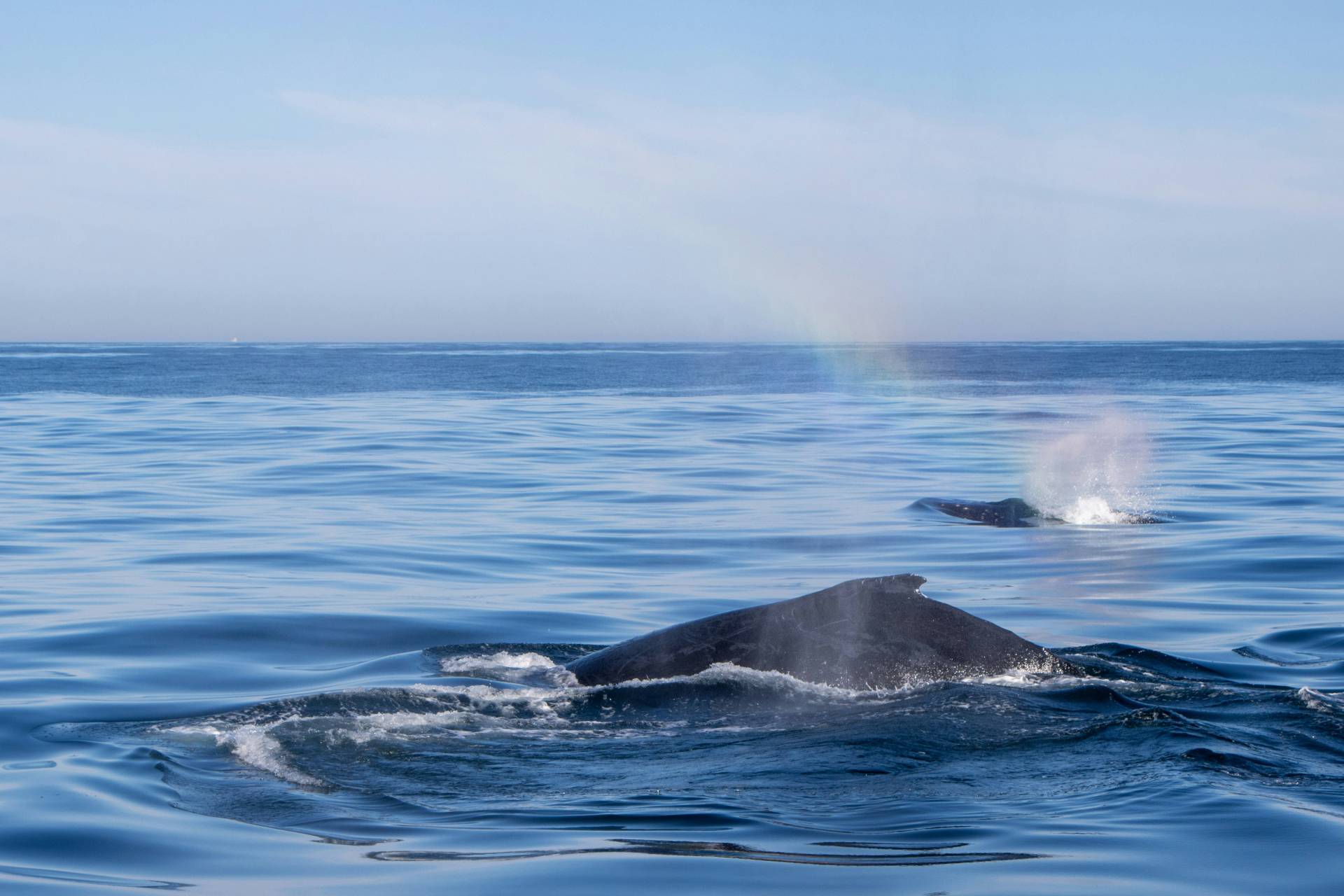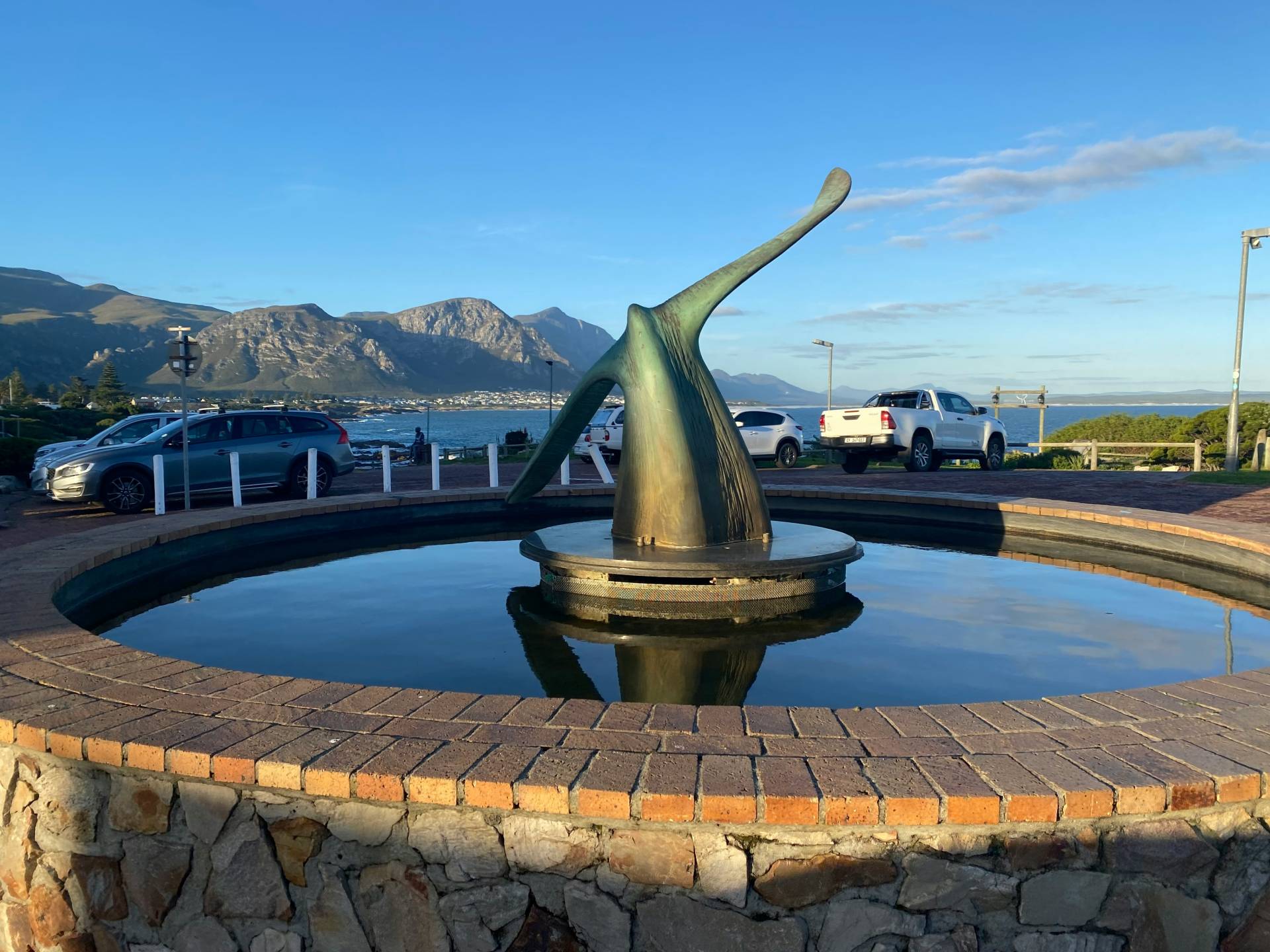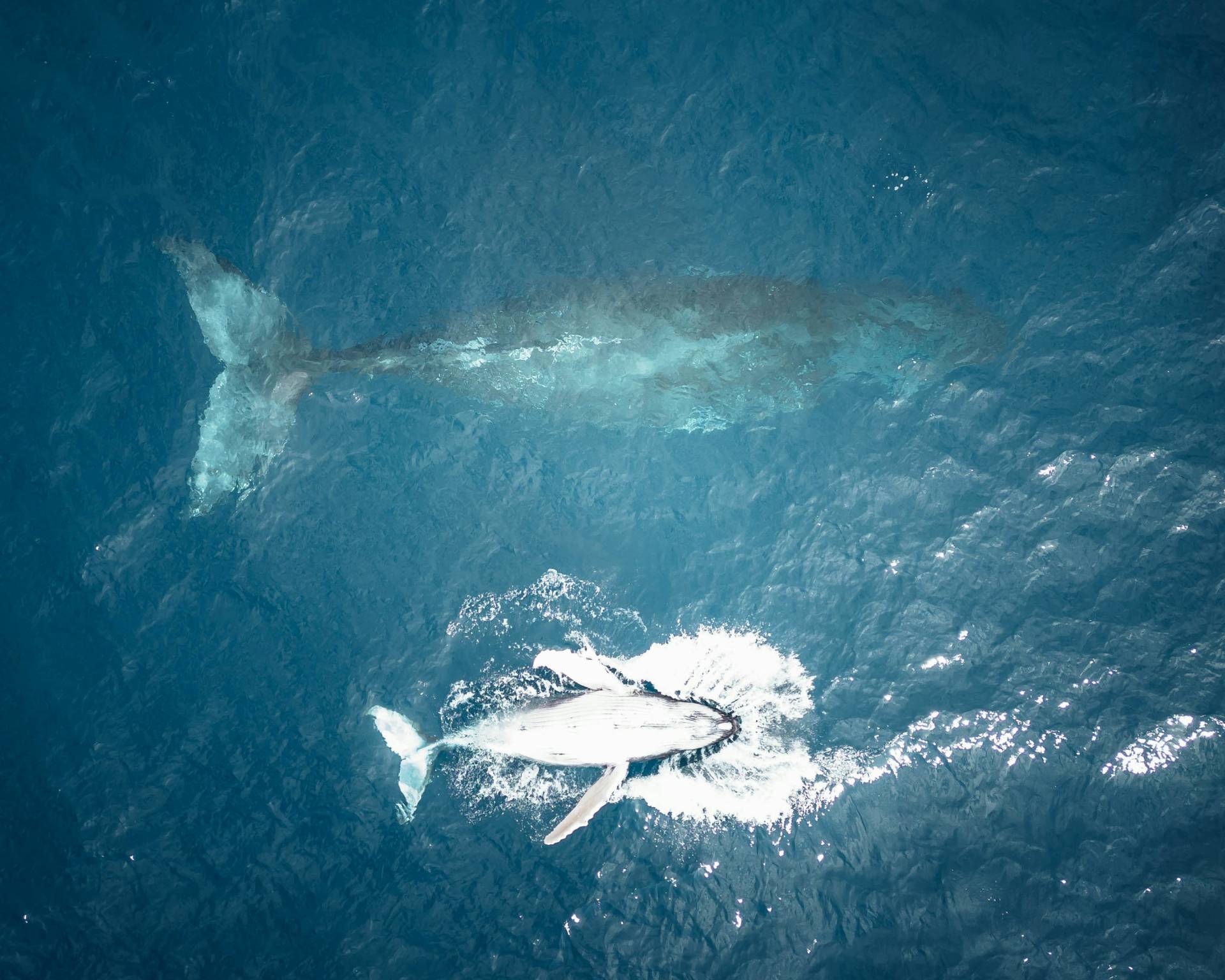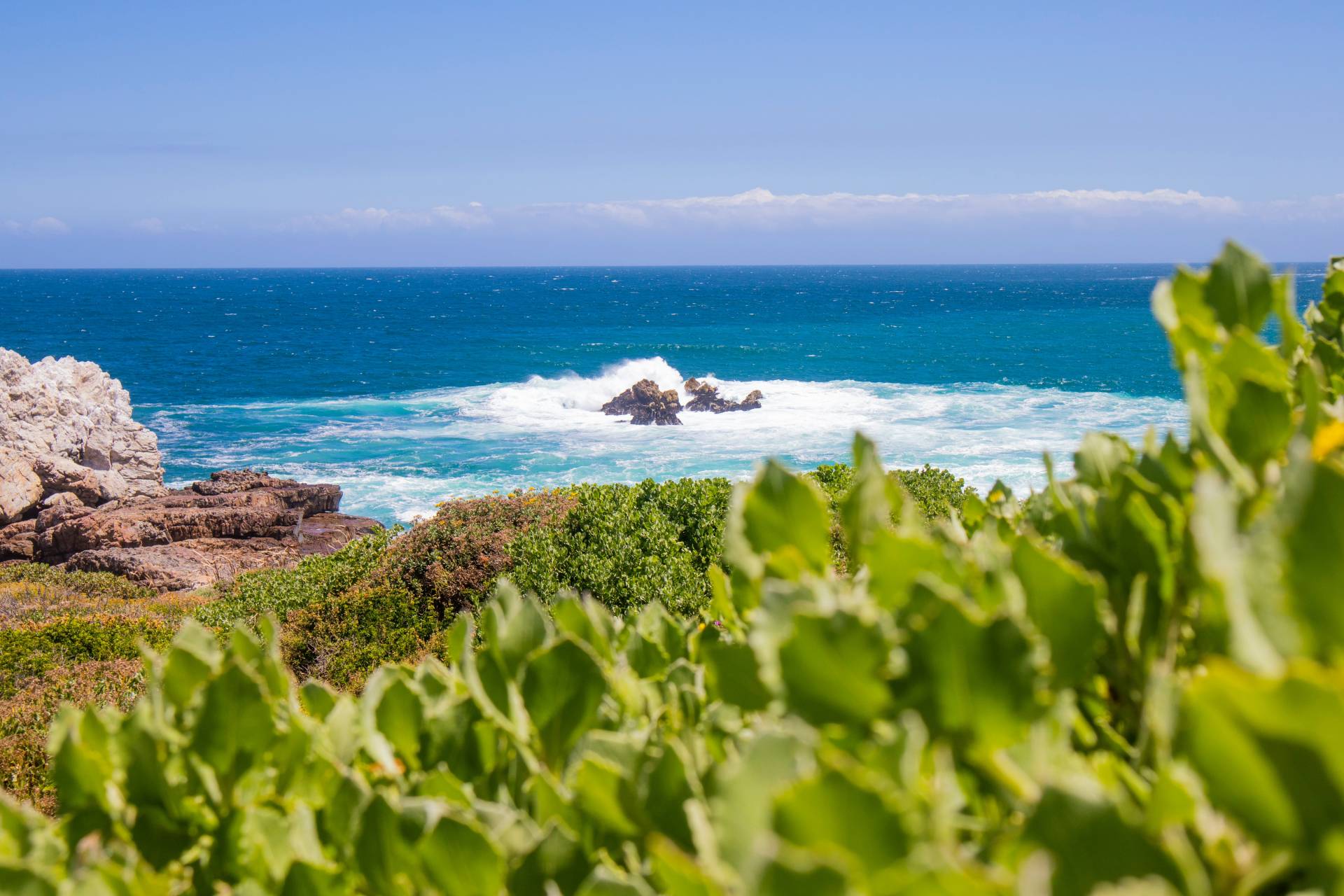
5 Refreshing Swimming Spots in and Around Johannesburg
Johannesburg may be landlocked, but that doesn’t mean you can’t enjoy a day of clear...
 20 November 2025
20 November 2025 
Each year, South Africa’s coast becomes a stage for one of the world’s most captivating marine spectacles – the annual whale migration, also known as “whale season”. From June to November, southern right whales, humpbacks, Bryde’s whales, and others journey through the country’s coastal waters to breed, calve, and nurse their young. For wildlife enthusiasts and road-trippers alike, whale season offers a unique reason to explore South Africa’s scenic shorelines, particularly along the southern and western coasts.
With that in mind, get ready to dive into the incredible world of whales! This guide will take you through the best spots to witness their magnificent migration, introduce you to some amazing whale festivals, show you which species you might spot, highlight important conservation efforts, and even introduce you to the exciting “Whale Highway” on the West Coast.

Hermanus is one of the best places in South Africa for whale watching | Photo: Marlin Clark via Unsplash
South Africa is one of the few places in the world where whales can often be spotted from the shore. With deep oceanic drop-offs close to the coastline, several towns and viewing points offer exceptional land-based whale watching. The country’s whale season typically runs from June to November, with peak sightings between August and October.
Arguably the best-known whale watching destination in South Africa is Hermanus, a coastal town situated in the Overberg region of the Western Cape. It is renowned for offering some of the most reliable and accessible whale sightings from land. The cliff paths that run along Walker Bay offer uninterrupted views of whales as they breach, spy-hop, and tail-slap close to shore.
Nearby locations such as De Kelders, Gansbaai, and Kleinmond are also popular whale watching spots. De Kelders, just across Walker Bay from Hermanus, is known for its elevated viewpoints, making it ideal for photography and extended sightings.
Boat-based whale watching tours are available in most of these areas, offering a closer look at the gentle giants while remaining mindful of the rules and regulations designed to protect them.

Whale season is a cultural highlight in Hermanus | Photo: Colin Farao via Unsplash
Whale season is not just about spotting whales – it’s also a cultural highlight. The Hermanus Whale Festival, held annually in late September or early October, is South Africa’s premier eco-marine festival and attracts thousands of visitors each year. The festival coincides with the peak of whale activity in Walker Bay and celebrates the return of the southern right whales with a mix of environmental education, live music, street parades, food markets, and eco-talks.
Running slightly earlier in the season, typically in August, is the Kalfiefees (“Calf Festival”). While smaller in scale, Kalfiefees marks the arrival of the first southern right whale calves in Walker Bay and highlights the town’s Afrikaans culture with theatre productions, craft stalls, and family-friendly activities.
Together, these festivals create a festive atmosphere that blends conservation awareness with community celebration – a reflection of Hermanus’ deep connection to its marine visitors.

South Africa’s coasts attracts a number of different whale species | Photo: Remy Godet via Unsplash
South Africa’s coastline is visited by a number of different whale species throughout the year, each with its own migratory habits and behaviour. Some of the most commonly sighted whales include:
The star of the season, the southern right whale, migrates from the icy Antarctic waters to South Africa’s warmer bays to breed and calve. They are identifiable by their lack of a dorsal fin, large, rotund bodies, and distinctive white callosities on their heads. Southern rights are often seen close to shore, especially in sheltered bays like Walker Bay.
Recognisable by their long pectoral fins and acrobatic breaches, humpback whales migrate past the South African coast between May and December. While less commonly spotted from shore than southern rights, humpbacks can be seen on boat tours or from elevated coastal viewpoints, particularly along the Garden Route and KwaZulu-Natal coast.
Present year-round in South African waters, Bryde’s whales are fast-moving and elusive. They are more commonly seen off the West Coast and in deeper offshore waters. Unlike the migratory southern right and humpback whales, Bryde’s whales are considered resident species in some areas.
Though less frequently sighted, orca (killer whales), sperm whales, and pilot whales have also been recorded along the South African coast. In addition, dolphins – including bottlenose, dusky, and common species – are regular companions on whale watching excursions.

Whale watching is strictly regulated in South Africa | Photo: Jan-Otto via Getty
South Africa has been a pioneer in marine conservation, with significant efforts to protect whale populations over the past century. Commercial whaling was banned in South Africa in 1979, and since then, whale numbers have been slowly recovering – particularly those of the southern right whale.
Today, whale watching is strictly regulated. Permits are required for boat-based operators, and there are clear rules about how close vessels can approach whales, how long they can remain near them, and the type of behaviour allowed.
Organisations such as the South African Whale Disentanglement Network (SAWDN) work tirelessly to rescue whales that become entangled in fishing gear or marine debris, while academic institutions and NGOs monitor migration patterns and population health.
Despite these efforts, challenges remain. Climate change, noise pollution, plastic waste, and entanglement still pose threats to whale populations. Continued research and community engagement remain essential to ensuring long-term protection.

There is an emerging “whale highway” along the West Coast | Photo: Taylor Kohler via Unsplash
In recent years, marine researchers and conservationists have noted increased whale activity along South Africa’s West Coast, stretching from Cape Town to Namibia. This corridor, now informally dubbed the “Whale Highway”, is believed to be a growing migratory route for both humpback and southern right whales.
Previously underappreciated as a whale watching region, the West Coast is gaining recognition for its seasonal sightings, particularly near Yzerfontein, Saldanha Bay, Langebaan, and the Namaqua National Park coastline. These areas offer quieter, less-developed alternatives to the southern Cape routes, with fewer crowds and raw natural beauty.
The Whale Highway’s emergence is partly credited to successful conservation efforts and shifting oceanographic conditions. As the climate warms and currents change, whales appear to be adjusting their migration routes, leading to more frequent appearances in previously overlooked areas.
This evolving migration path has sparked interest in creating more protected marine zones along the West Coast and promoting sustainable tourism initiatives in communities that could benefit from low-impact whale watching.

Peak whale watching season is from August to October | Photo: THP Creative via Canva
If you’re planning a coastal road trip during whale season, consider the following tips:
Hiring a car is one of the best ways to fully experience whale season in South Africa. The country’s top whale watching destinations are spread out along a scenic and varied coastline – many of them best reached by car. A hired vehicle gives you the flexibility to explore at your own pace, stop at spontaneous viewpoints, and visit multiple towns in one trip.
Whether you’re driving from Cape Town to Hermanus, detouring through the Garden Route, or following the emerging Whale Highway northward, car hire allows you to tailor your journey to the rhythm of the season. It also opens up access to smaller, less crowded viewing areas that aren’t serviced by public transport or tours.
Keep in mind that if you want to explore the West Coast, especially areas within Namaqua National Park, you’ll need to hire a 4×4. With our camping-equipped 4x4s, you can easily turn a simple road trip into some genuine bundu-bashing!
Whale season in South Africa is more than just a tourist attraction – it’s a reminder of the country’s natural richness and the importance of preserving it. Whether you’re drawn by the haunting calls of the whales, the thunderous crash of a breach, or the simple joy of spotting a tail on the horizon, the experience is both humbling and unforgettable.
From the well-worn paths of Hermanus to the rising promise of the West Coast Whale Highway, South Africa continues to offer one of the most accessible and rewarding whale watching experiences in the world. Pack your binoculars, plan your route, choose your preferred rental vehicle, and prepare for a road trip like no other.